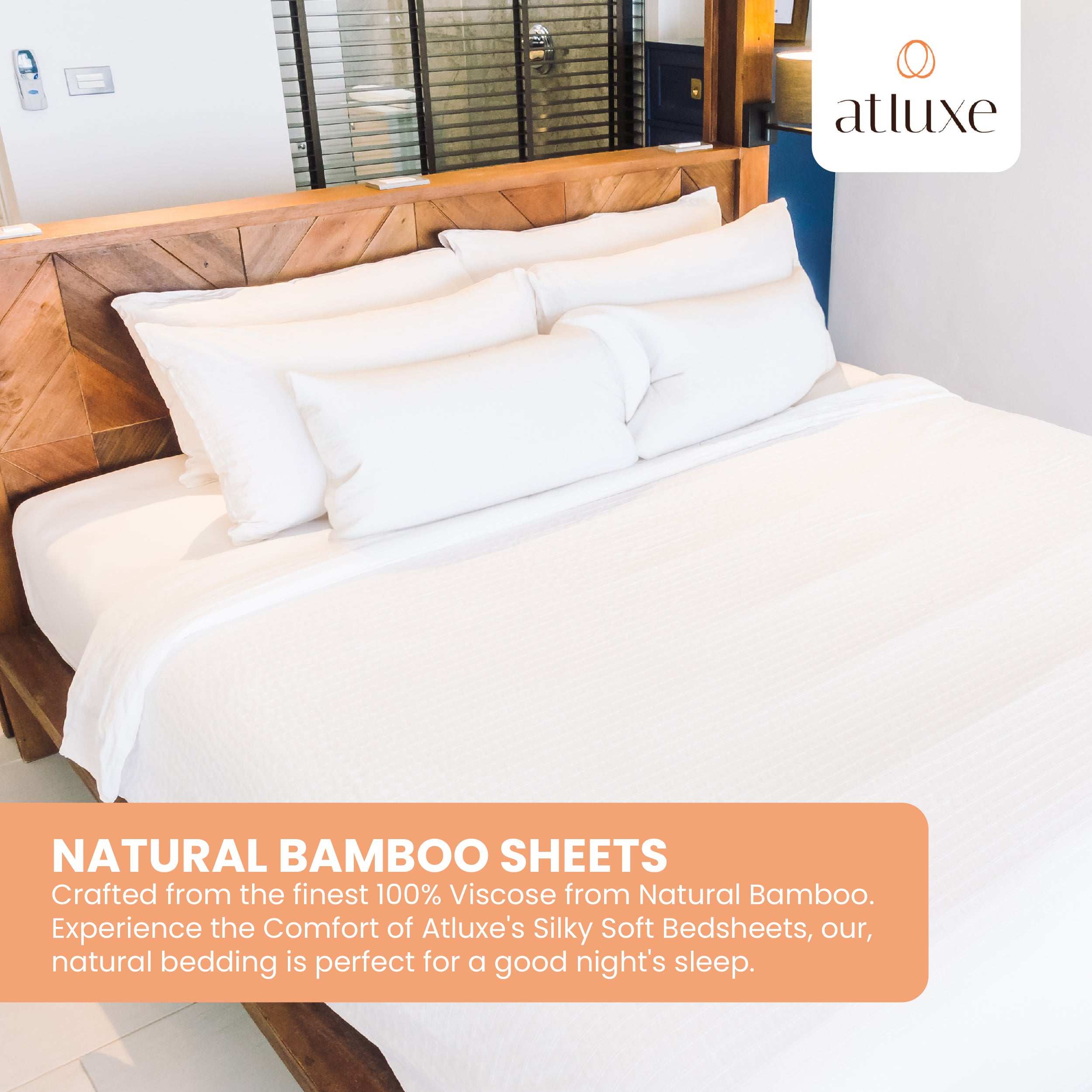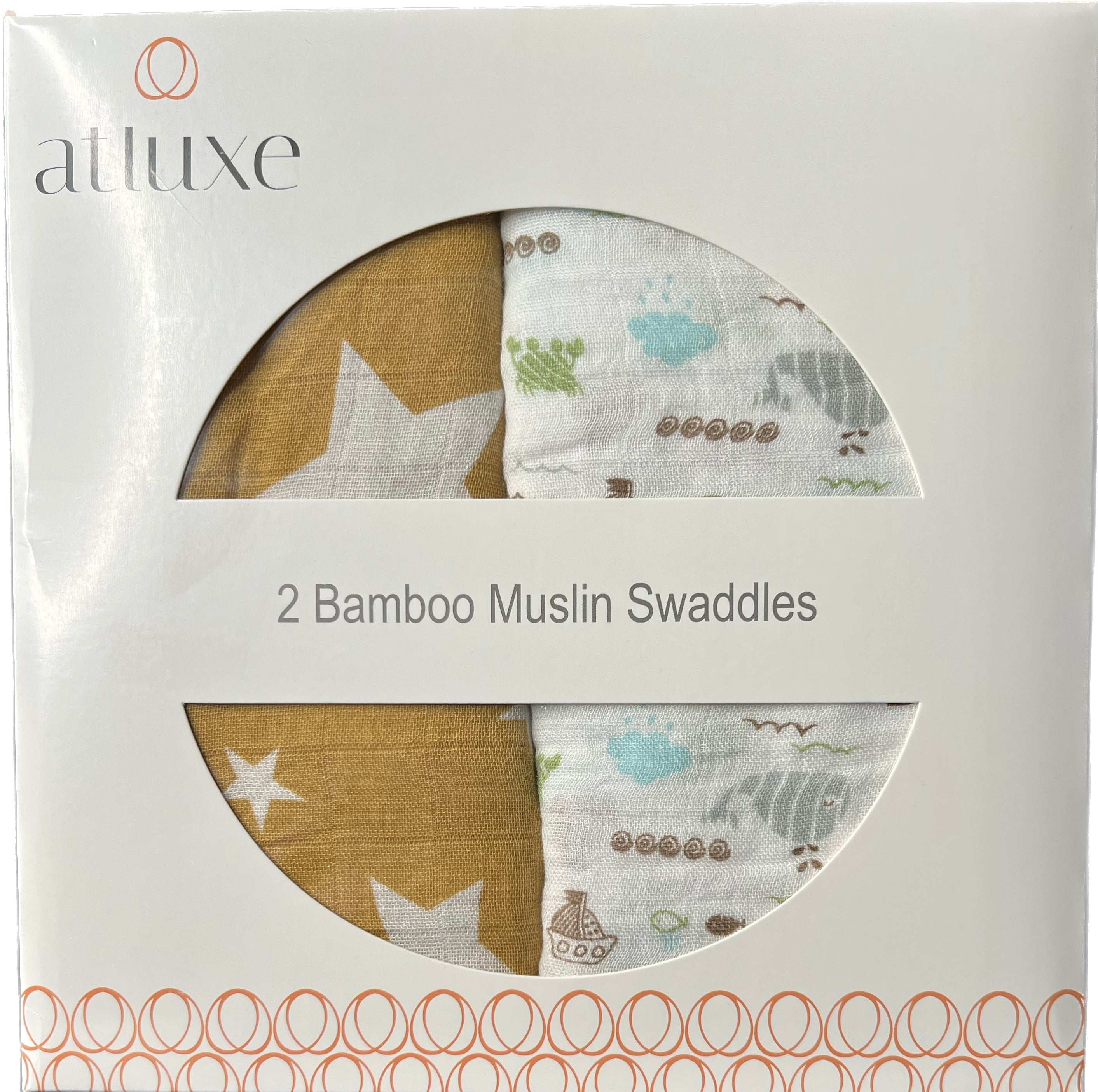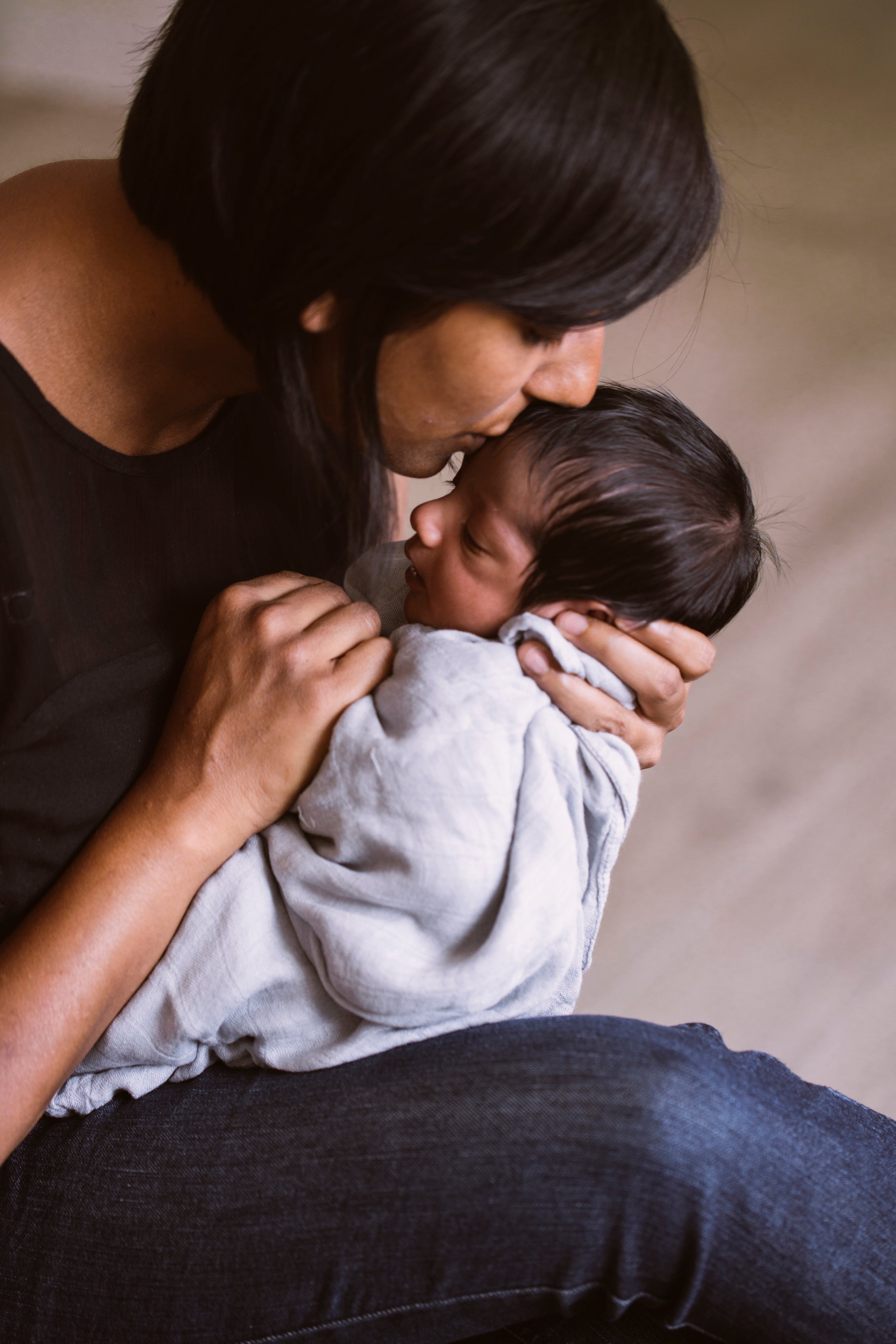Swaddling is an age-old practice that has been used by parents for centuries to help soothe and comfort newborns. It mimics the snug and secure environment of the womb, making babies feel safe as they adjust to life outside. But like all parenting practices, swaddling comes with questions about its benefits, techniques, and safety. Let’s explore everything you need to know to make swaddling work for you and your baby.
### **What Is Swaddling?**
Swaddling involves wrapping a baby snugly in a lightweight, breathable blanket to restrict their movements. This helps calm their natural startle reflex, which can wake them during sleep. When done correctly, swaddling can encourage longer and more restful sleep for both baby and parent.
---
### **The Benefits of Swaddling**
1. **Promotes Better Sleep**
Swaddling prevents babies from startling themselves awake with sudden movements, allowing them to sleep more soundly and for longer stretches.
2. **Soothes Fussiness**
The snug wrap of a swaddle recreates the comforting pressure babies felt in the womb, helping to calm them when they’re feeling overstimulated or fussy.
3. **Reduces Risk of Scratching**
Newborns often have sharp nails and may accidentally scratch their faces. Swaddling keeps their arms contained, minimizing this risk.
4. **Aids in Regulating Body Temperature**
Using a breathable fabric, such as bamboo, ensures babies stay warm without overheating—a critical factor for safe sleep.
---
### **How to Swaddle Safely**
While swaddling has many benefits, it’s essential to follow safety guidelines to protect your baby:
1. **Choose the Right Material**
Use a soft, breathable, and stretchy blanket, like Atluxe's bamboo baby swaddle blanket, to ensure comfort and proper airflow.
2. **Avoid Overheating**
Ensure your baby’s swaddle isn’t too thick and keep the room temperature between 68–72°F (20–22°C). Signs of overheating include sweating or flushed cheeks.
3. **Leave Hips Loose**
Wrap snugly around the arms and torso but leave enough room for the legs to move freely. This prevents hip dysplasia, a condition caused by tight wrapping around the hips and legs.
4. **Stop Swaddling at the Right Time**
Once your baby shows signs of rolling over (usually around 2–4 months), it’s time to transition away from swaddling to prevent suffocation risks. Consider using a sleep sack as a safe alternative.
---
### **Swaddling vs. Non-Swaddling: Is It Right for Every Baby?**
While many babies love the comfort of a swaddle, not all newborns take to it. Some may prefer having their arms free, or they may outgrow the need for swaddling faster than others. Pay attention to your baby’s cues and adjust accordingly.
---
### **Why Choose Bamboo Swaddles?**
When it comes to swaddling, the fabric you choose matters. Bamboo swaddles are an excellent choice because they’re:
- **Super Soft:** Perfect for a baby’s delicate skin.
- **Breathable:** Keeps your baby comfortable without overheating.
- **Durable:** Stays soft and functional even after many washes.
- **Eco-Friendly:** A sustainable choice for environmentally-conscious parents.
Atluxe’s bamboo swaddle blankets are designed to deliver the perfect balance of comfort and safety, giving your baby the gentle embrace they need.
---
### **Final Thoughts**
Swaddling can be a lifesaver for new parents, helping babies sleep better and giving everyone in the household a bit more rest. By choosing the right materials, following safe swaddling practices, and knowing when to stop, you can make the most of this timeless parenting technique.
Explore Atluxe’s premium bamboo baby swaddle blankets to give your baby the ultimate comfort and care they deserve. Because when your baby sleeps better, so do you.






Leave a comment